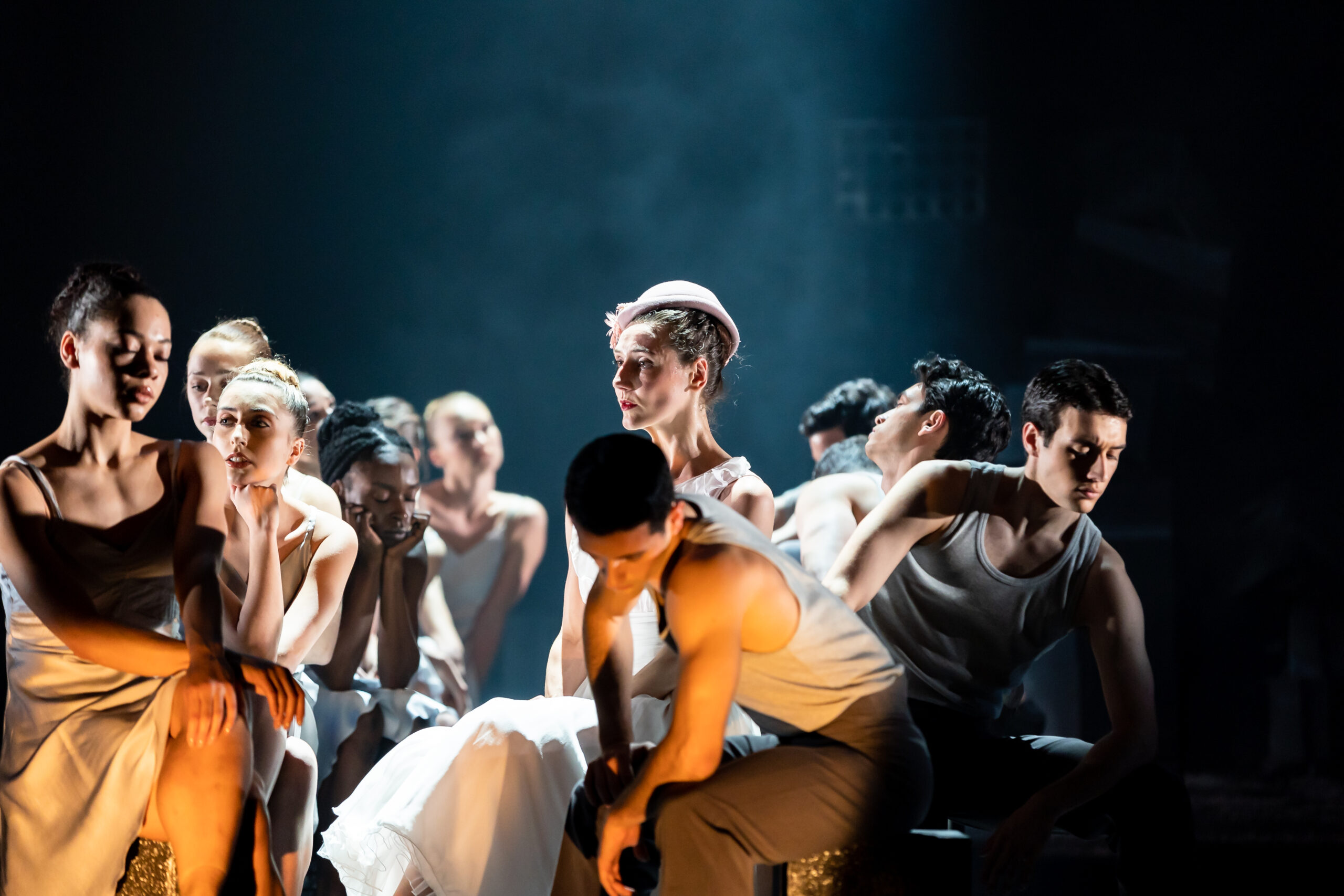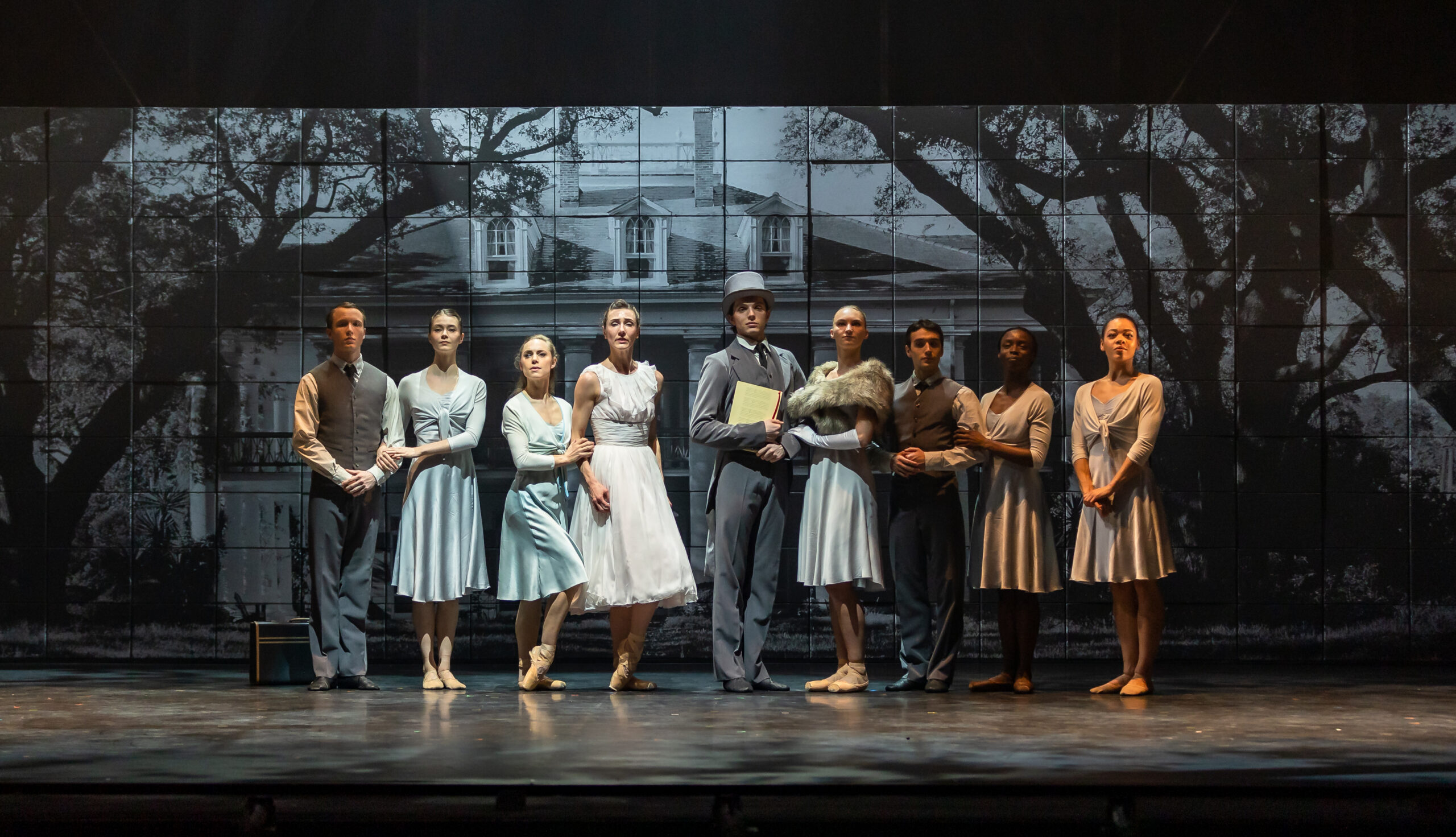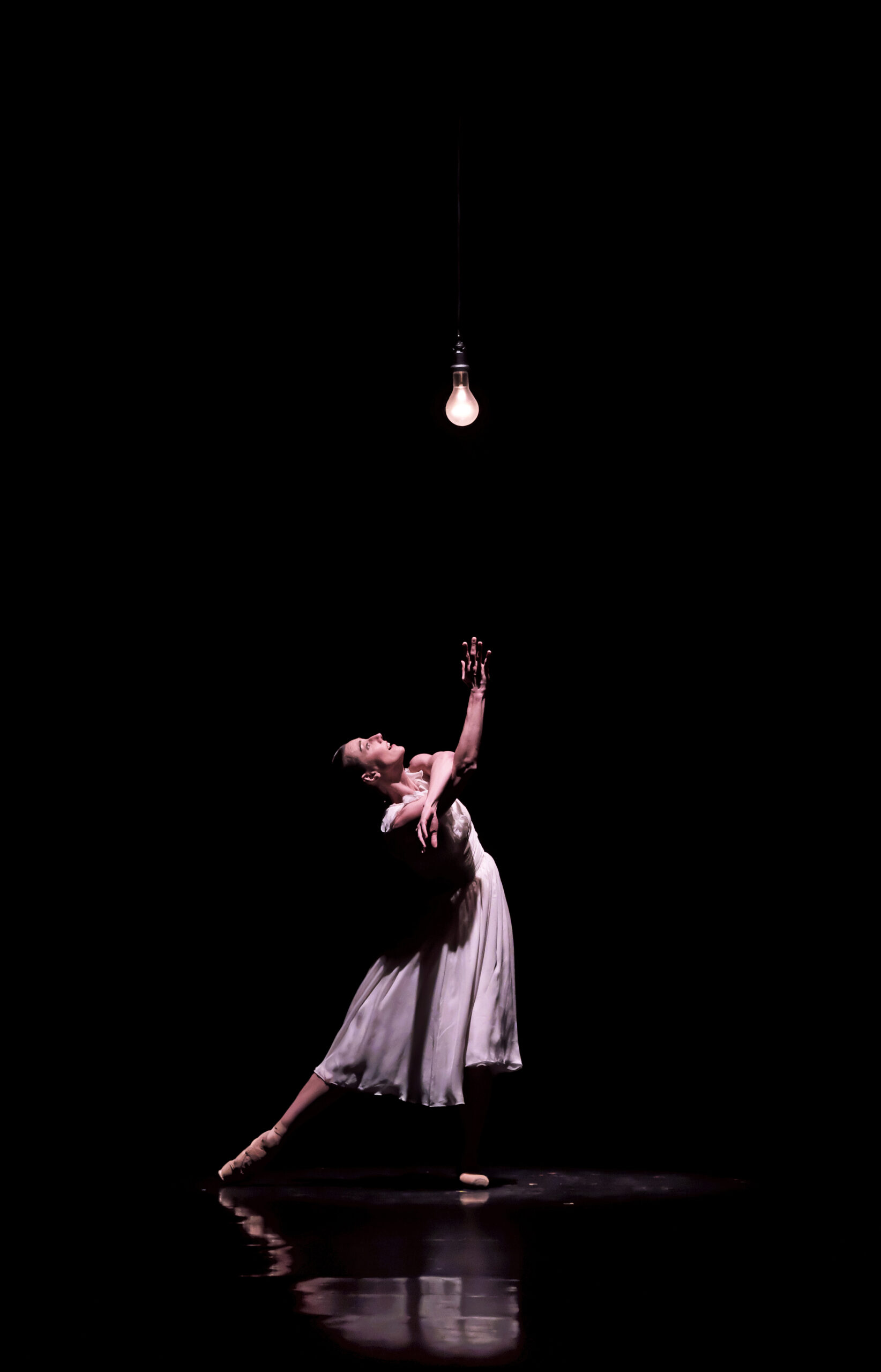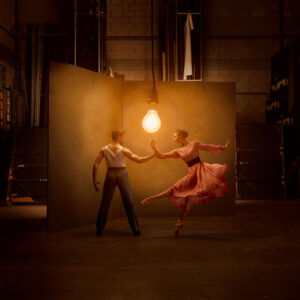Scottish Ballet’s A Streetcar Named Desire ★★★★★
Scottish Ballet’s evocative interpretation of Tennessee Williams’ A Streetcar Named Desire returns to London for the first time since 2015.
Author Profile
Latest entries
- 30 March 2025TheatreLove’s Labour’s Lost (More or Less) ★★
- 27 March 2025TheatreNorth By Northwest (touring) ★★★★
- 26 March 2025TheatreAgatha Christie’s Murder on the Orient Express (touring) ★★★★★
- 19 March 2025TheatreNow That’s What I Call A Musical (touring) ★ ★ ★




